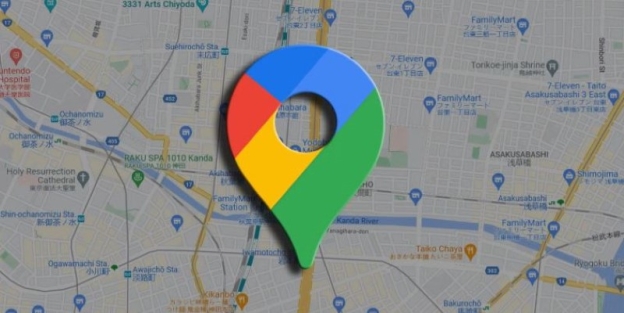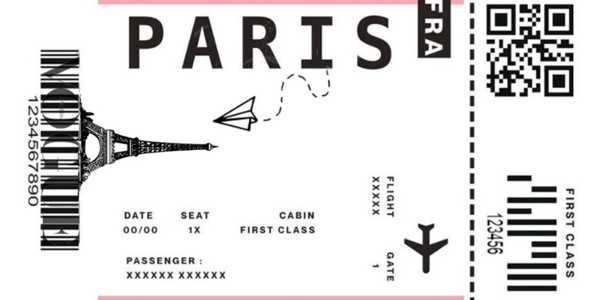What To Do If You Lose Your Passport While Traveling
Losing your passport abroad can feel overwhelming, but the situation is more common than you think. With the right steps, you can recover quickly, avoid unnecessary delays, and continue your trip without too much disruption. Here’s a detailed guide on what to do immediately, how to replace your passport, and tips to make the process smoother.
Step 1: Stay Calm And Confirm It’s Really Missing
Before filing reports, take a few minutes to retrace your steps. Check your hotel room, luggage, safe deposit box, and recent places you visited. Sometimes passports slip into hidden pockets or are left in check-in desks or lockers.
If it’s truly gone, move quickly to report it and start the replacement process.
Step 2: Report The Loss Locally
A stolen or missing passport should be reported to local authorities right away. This serves two purposes:
- Protects you against potential misuse of your identity.
- Creates an official record you’ll need when applying for a replacement.
Contact the nearest police station to obtain a written report. In some countries, hotels or tour companies can help you file this paperwork in the local language.
Step 3: Contact Your Embassy Or Consulate

Your home country’s embassy or consulate is the key place to resolve a lost passport. Use your phone or hotel Wi-Fi to find the nearest location on Google Maps. Many embassies also provide 24-hour emergency hotlines.
Bring these details with you if possible:
- A copy of your lost passport (digital photos work).
- Another form of ID (driver’s license, national ID, etc.).
- Your travel itinerary, including flights or hotel bookings.
- Passport photos (many embassies will have photo booths nearby if needed).
At the embassy, you can usually apply for an emergency passport (valid for a short period, typically up to one year) or a full replacement passport.
Step 4: Emergency Travel Documents
Most travelers get an emergency travel document first, especially if they have flights booked soon. These temporary passports let you continue your trip or return home while waiting for a permanent replacement.
- Processing time: Same day to 2 business days, depending on embassy resources.
- Cost: Around $100–$150 USD in most countries (check your government’s website).
- Validity: Usually covers your current trip only, but some countries accept them for longer travel.
If your trip is extended or you plan future travel, ask about applying for a standard replacement passport instead.
Step 5: Replace Your Visa (If Applicable)
If you were traveling with a visa (e.g., Schengen visa, work permit, or student visa), you’ll likely need to replace it. This process varies:
- Some countries reissue visas based on your embassy’s documentation.
- Others require a new application, which may take more time.
Check with the immigration office or embassy staff for your destination’s rules.
Step 6: Update Airlines And Travel Providers
Airlines require valid travel documents to board flights. Once you get your emergency passport, contact your airline immediately. Most carriers accept emergency passports, but some routes (especially those involving strict entry visas) may require additional clearance.
If you booked through a travel agency like Expedia, Booking.com, or Trip.com, they can sometimes help coordinate rebookings or cancellations if delays occur.
Step 7: Protect Your Finances And Identity
Losing your passport can put you at risk of identity theft. Take these precautions:
- Notify your bank and credit card company. Some banks add a flag for unusual activity abroad.
- Consider enrolling in an identity monitoring service such as LifeLock or Experian IdentityWorks.
- Keep an eye on your credit reports in the months after your trip.
Step 8: Keep Extra Copies For Next Time
Once you’re back on track, take a few preventive measures for the future:
- Store digital copies of your passport in a secure cloud service like Google Drive or Dropbox.
- Carry a laminated photocopy in your wallet.
- Split your IDs between bags so you’re not left with nothing if one bag goes missing.
Some travelers also use RFID-blocking passport holders from brands like Travelon or Pacsafe for extra protection.
Costs To Expect?
Here’s a quick breakdown of common expenses after losing your passport:
- Police report: Usually free, but in some countries, around $10–$20.
- Emergency passport: $100–$150 USD.
- Passport photos: $10–$20.
- Visa replacement: $50–$200 depending on country.
- Travel delays: Flight change fees vary, often $50–$200 unless covered by insurance.
Travel insurance from companies like Allianz, World Nomads, or AXA Assistance often covers replacement costs and missed flights due to lost passports.
Best Travel Insurance For Lost Passports

If you want coverage before your trip, compare these options:
- Allianz Travel Insurance: Covers lost passport replacement fees and travel delays.
- World Nomads: Popular among long-term travelers and backpackers; includes document replacement.
- AXA Assistance USA: Offers a 24/7 hotline and embassy coordination.
- Travel Guard: Known for higher coverage on missed flights and accommodation costs.
Prices vary, but for a two-week international trip, expect $40–$80 in premiums.
How Long It Takes To Get A Replacement?
- Emergency passport: Same day to 2 days.
- Full passport replacement abroad: 1–4 weeks, depending on embassy workload.
- Back home replacement: Typically 6–8 weeks unless you pay extra for expedited service.
If your trip is short, the emergency passport will be the fastest option.
FAQs
What If I’m Traveling With Children?
Each child needs their own replacement passport. Bring their birth certificates and parental ID if available.
Can I Still Travel Between Countries In The EU Without My Passport?
No. Even within the Schengen zone, border checks can happen. You must get an emergency passport.
What If I Lose Both My Passport And Wallet?
Contact your embassy for help accessing emergency funds. Some governments partner with companies like Western Union to provide cash advances.
Will My Travel Insurance Cover Everything?
Most policies cover replacement fees and reasonable accommodation costs, but not luxury upgrades or long delays caused by waiting for a full passport.
Conclusion
Losing your passport while traveling can disrupt plans, but embassies and consulates are well-prepared to help. By reporting the loss quickly, securing an emergency passport, and keeping copies of important documents, you can minimize delays and stress. Travel insurance adds an extra layer of protection by covering costs and missed connections. Prepare before your trip with backups, embassy contacts, and the right insurance. That way, even if the unexpected happens, you’ll still be able to continue your journey.
Was this helpful? Share your thoughts
- Learned practical methods
- Solved my questions
- Inspired new ideas
-
![5 Best Travel Agency For Italy Tours: What To Expect]() 5 Best Travel Agency For Italy Tours: What To Expect
5 Best Travel Agency For Italy Tours: What To Expect -
Travellers often dream of exploring Italy's ancient ruins, rolling vineyards, and coastal villages, but navigating the logistics can turn that dream into a challenge. Selecting one of the best travel agencies for Italy tours simplifies the process, offering structured itineraries that blend history, cuisine, and adventure without the hassle of independent planning. This article examines top agencies, key expectations, and practical tips to help readers make informed choices for memorable Italy tours.
Explore More
-
![27 Best Beach Destinations For A Relaxing Getaway]() 27 Best Beach Destinations For A Relaxing Getaway
27 Best Beach Destinations For A Relaxing Getaway -
Ever wondered which beaches truly deliver peace, not just picture-perfect views? The world is full of seaside vacation spots, but some stand out for their calm atmosphere, easy access, and unique charm. Whether you dream of clear blue waters, fine white sand, or quiet coastal villages, here are 27 of the best beach destinations for travelers looking for a peaceful beach retreat.
Explore More





